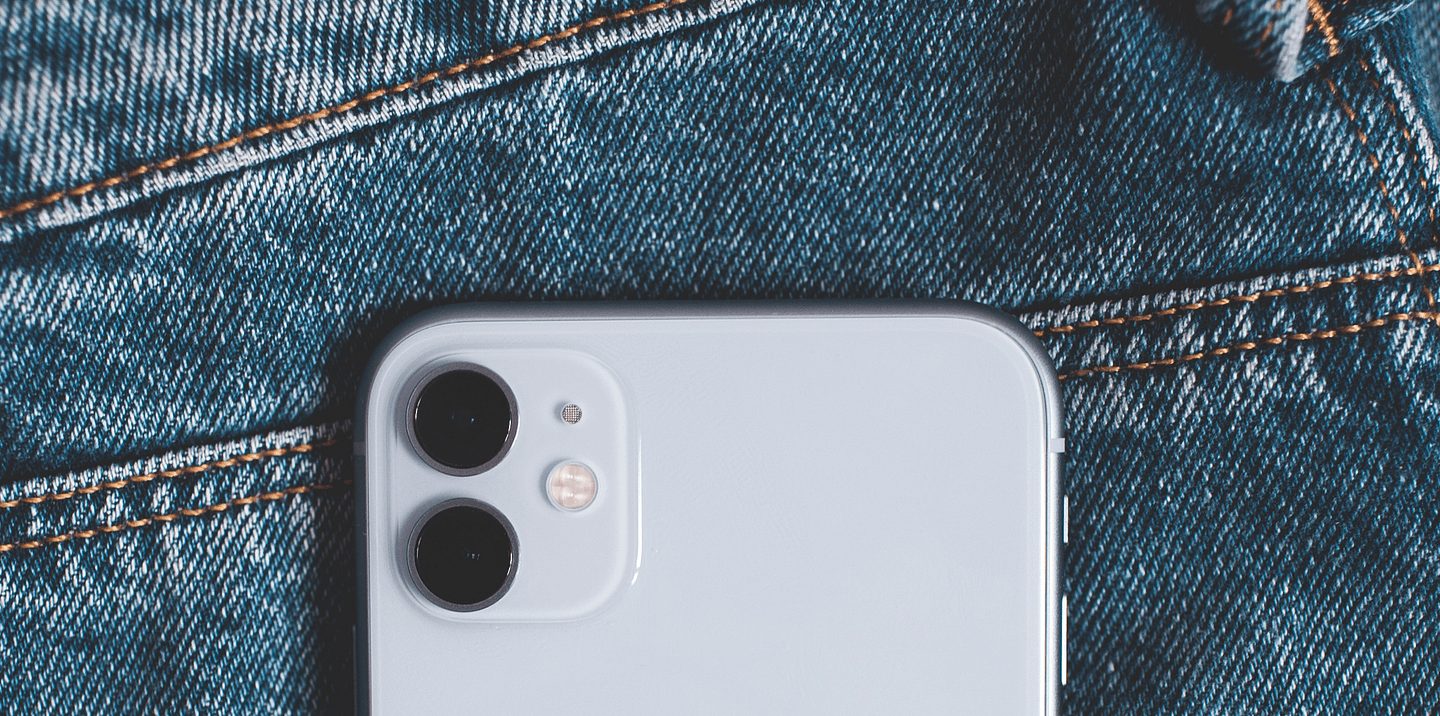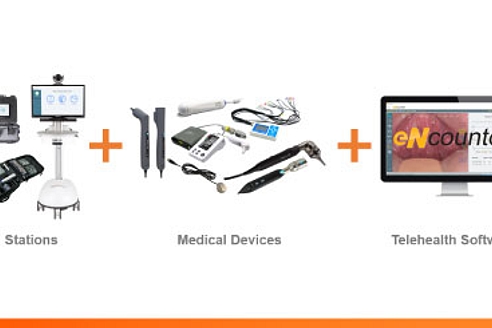
The Future of Remote Therapeutic Monitoring: Passive Gait Analysis via Smartphone

Revolutionizing Remote Healthcare
When it comes to remote healthcare, traditional thinking often centers on numbers—heart rate, blood pressure, glucose. But what if something as everyday as walking could provide deeper, clinically meaningful insights? Passive gait analysis does exactly that—offering detection of fall risk, recovery progress, or early mobility decline, without clinic visits or wearables. Everything happens in the background via a smartphone app, turning movement into actionable data.
That’s where OneStep comes in: an FDA‑listed, clinically validated platform that transforms any smartphone into a medical‑grade Remote Therapeutic Monitoring (RTM) tool. It’s fast becoming the benchmark for smart, scalable mobility monitoring.
Let’s explore how this technology works—and why OneStep is the future of RTM.
What Is Gait Analysis, and Why Does It Matter?
Gait analysis is the study of how a person walks or moves. While it may seem simple, your personal gait reveals a lot about your health. Even slight changes in stride, balance, or symmetry can signal early signs of serious health concerns, including:
- Fall risk
- Neurological decline
- Musculoskeletal injury
- Delayed recovery from surgery or trauma
- Progression of chronic diseases like Parkinson’s or diabetes
In clinical settings, gait analysis often required expensive labs, treadmills, force plates, or wearable sensors. While it’s helpful, it’s expensive and limited by logistics. RTM-enabled apps like OneStep provide clinically relevant insights that are comparable to those obtained through in-person assessments.
Gait Analysis, Now on Your Smartphone
What sets OneStep apart is its ability to use the sensors already built into your smartphone—specifically, the accelerometer and gyroscope—to capture clinically meaningful gait data. The best part, you don’t need to wear any special devices or visit a clinic for this analysis. You just walk, phone in your pocket, and the RTM app does the rest.
The moment you take a few steps with your smartphone, OneStep begins passively collecting metrics such as:
- Step length
- Stride symmetry
- Cadence (steps per minute)
- Walking speed
- Gait variability
- Balance and sway
All this data is captured and translated into visual insights that clinicians can use to track progress, spot warning signs, and adjust treatment plans in real time.
Continuous Monitoring Made Easy
One of the biggest pain points in Remote Therapeutic Monitoring (RTM) for professionals is patient engagement. Asking patients to remember to wear a device, charge it, sync it, or even log into a portal is an ongoing challenge, especially for older individuals or those with mobility challenges.
OneStep’s approach to data collection is completely non-invasive and seamless. Since the average person carries their phone with them for most of the day anyway, key metrics are tracked passively and effortlessly—leading to higher engagement and more reliable data. Clinicians are able to better track subtle trends over days or weeks for a clearer, more comprehensive view of patient health and recovery. Taking care of your health just got a lot easier. Just live your life, and OneStep captures all your valuable insights in the background.
Proactive Health Insights Equals Early Detection
One of the biggest benefits of continuous, passive gait monitoring is early detection.
Let’s consider fall risk as an example here. Falls are the top cause of injury-related deaths in older adults. Most falls aren’t caused by one sudden incident—they’re often the result of a gradual, unnoticed decline in balance and mobility that builds up over time until it leads to a serious accident.
Traditional care models detect problems like this after a fall happens—when it’s too late.
With passive gait analysis, clinicians can notice changes like:
- Shortened step length
- Slower walking speed
- Increased variability between strides
- Increased side-to-side sway
Recognizing these changes early gives health professionals valuable, potential lifesaving insights, whether by initiating physical therapy, fine-tuning medications, or assessing the home for safety risks—before a small issue becomes a serious setback.
In the same way, post-operative patients recovering from joint replacements, fractures, or spinal surgeries can be monitored for signs of stalled recovery or regression. Instead of waiting for a follow-up appointment, RTM enables clinicians to reach out proactively if the data shows a decline and make the necessary adjustments to the patient's treatment plan.
Effortless Monitoring and Support Without the Wearables
When monitoring depends on wearables, it often falls short—devices get left behind, batteries die, routines are disrupted and data is inaccurate. For many older adults or those managing multiple chronic conditions, adding another device to their routine can be a challenge and just not feasible for them to maintain.
OneStep eliminates that barrier by using something most people already have—a smartphone.
- No hardware to ship
- No devices to wear
- No training needed
- No Bluetooth syncing or setup required
- Device recognized as FDA‑listed medical device
It’s a non-invasive, frictionless approach that fits easily into real life, making it ideal for wide-scale integration in home health, physical therapy, geriatric care, and chronic disease management.
Ideal for Aging Adults, Rehab, and Chronic Conditions
As the global population ages and healthcare systems shift more toward home-based and value-driven care, OneStep offers a scalable solution that addresses multiple needs at once, like:
- Aging Populations: Older adults are more susceptible to balance issues, reduced mobility, and fall risk. Passive gait analysis helps monitor these risks in real-time, allowing family members, caregivers, and clinicians to stay one step ahead and adjust medications, treatment plans, etc.
- Post-Operative and Orthopedic Rehab: Your gait is one of the most important indicators of recovery progress, whether we are talking about a knee replacement, hip surgery, or recovery from a fracture. OneStep tracks this with clinical accuracy, helping therapists tailor rehab plans and keep patients engaged from home with the goal of a speedier recovery time.
- Chronic Disease Management: Diseases like Parkinson’s, multiple sclerosis, and diabetic neuropathy all impact mobility—often before other symptoms appear. Passive gait data can alert providers to subtle changes and support earlier interventions.
In addition, RTM billing codes cover non‑physiologic data such as functional status and therapy adherence, making gait analysis a reimbursable activity for PTs, OTs, SLPs, psychologists, and physicians alike.
The Power of Proactive, Personalized Care
One of the most exciting things about OneStep is that it supports proactive care. Instead of waiting for patients to report problems—or worse, land in the ER—health professionals can identify risks before they escalate into something more serious.
It’s a win-win:
- For patients, it means better outcomes, fewer hospitalizations, and a greater sense of security.
- For providers, it means enhanced visibility, reduced liability, and more efficient care for the patient.
- For the health care systems, it supports population-level monitoring, resource optimization, and scalable value-based care.
Remote Therapeutic Monitoring is not just about adding another data point to the chart—it’s about changing mobility data into meaningful care—with clinical relevance and financial viability, caring for people by seeing what’s happening in their day-to-day life, in real time, and made easy!
A New Era of Remote Therapeutic Monitoring
At its core, OneStep is more than just a smart use of technology. It marks a transformative shift—using everyday movements and familiar devices, RTM provides unprecedented visibility into mobility, aging, recovery, and care.
By using what people already have—a smartphone—it removes traditional obstacles in remote care. By turning your everyday movement into active insight, it empowers clinicians to help people live healthier, safer, and more independent lives for as long as possible.
As healthcare continues to evolve, solutions like OneStep aren’t just innovative—they’re essential.
GlobalMed
1 480-922-0044
[email protected]


